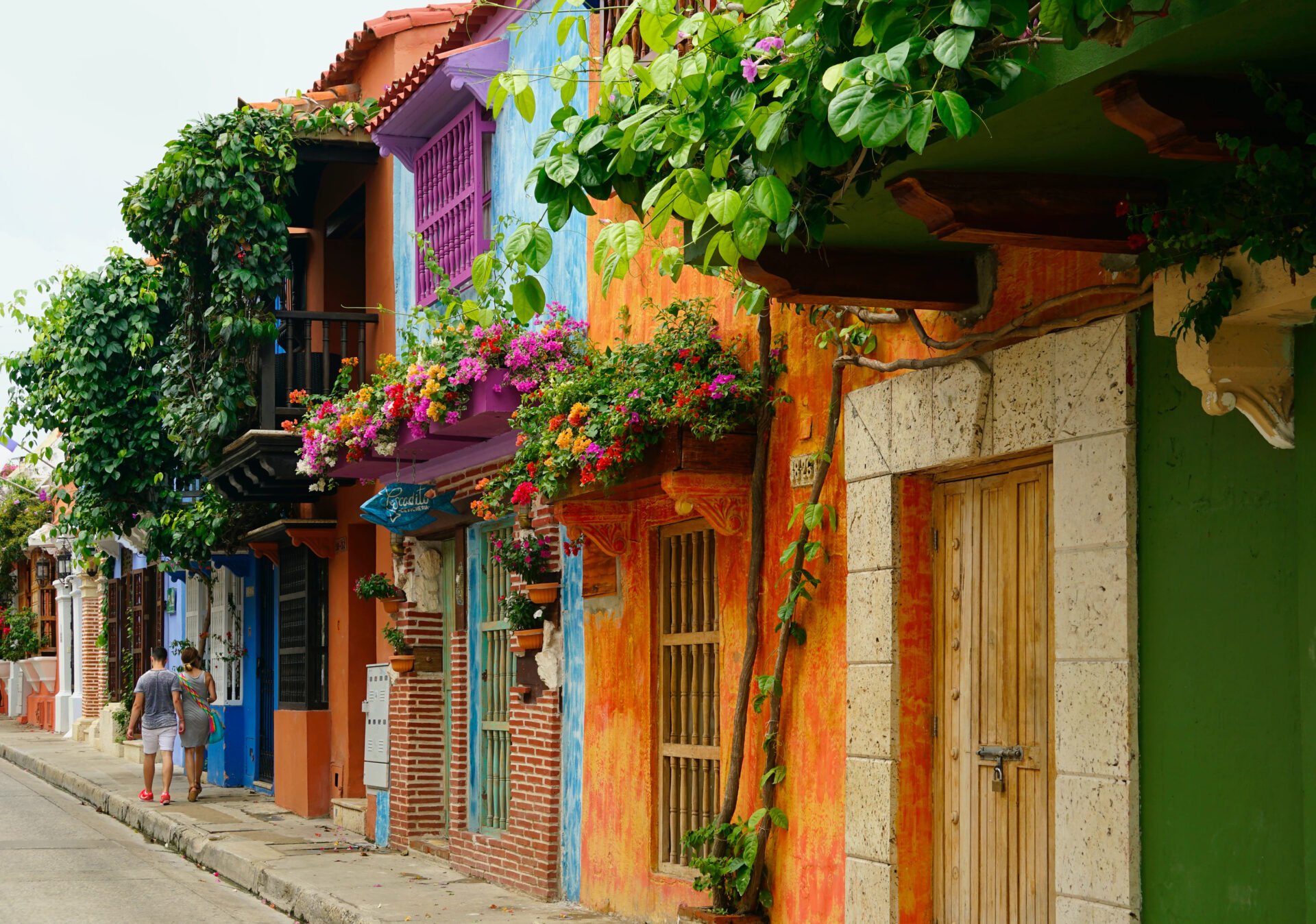Why we love Colombia
Colombia never sits still. The Amazon hums with life, Bogotá’s markets brim with colour and sound, and the Caribbean coast sways between calm and chaos. Evenings spill onto cobbled streets in Cartagena, while coffee country slows everything back down again. It’s a place that moves through moods, never quite the same twice. This guide shares the essentials to know before you go.

Entry Requirements
British and American nationals can visit for up to 90 days without a visa, at the discretion of immigration officials on arrival. You may be asked to show proof of onward or return travel. Your passport should be valid for at least six months from the date you arrive.
Most international departure taxes are included in your airline ticket, but check with your carrier before travelling.
Please review your own government’s travel advice if you’re arriving from outside the UK or the US.
Health and safety
We are not certified to give medical advice, but we recommend you consult your doctor about your vaccination history and discuss any further vaccinations you may need for your trip. We recommend this website for travel vaccination information and advice on bringing medication into the country.
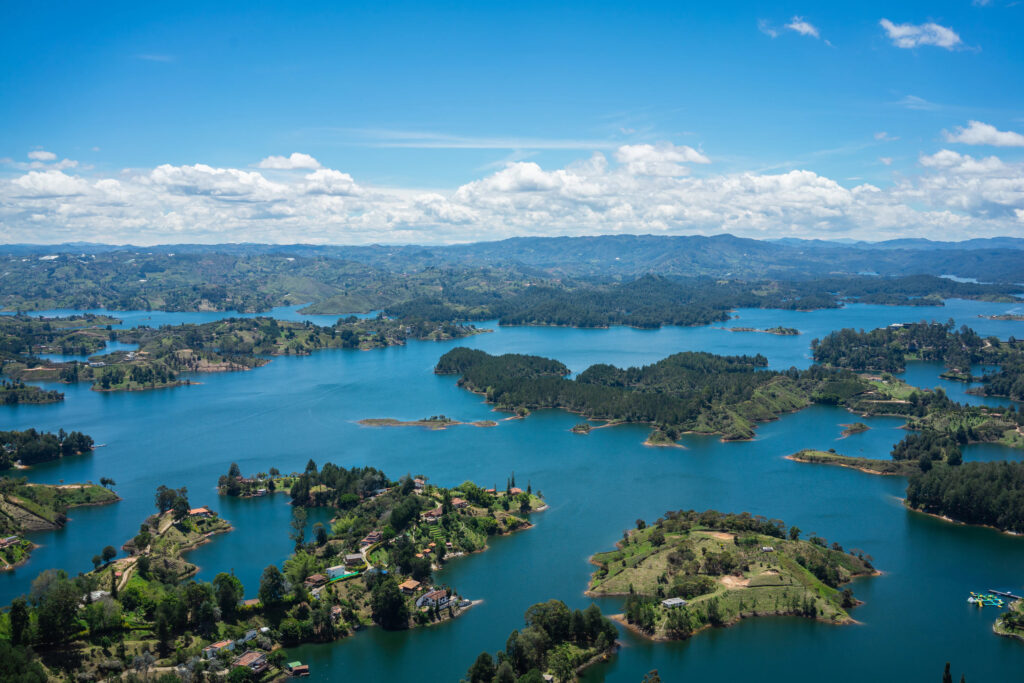
Getting around
Colombia is large and mountainous, so flying is often the most practical way to travel between regions.
Domestic flights: LATAM and Avianca offer frequent flights between Bogotá, Medellín, Cartagena and other hubs. The e-tickets for your internal flights are provided to you beforehand and will also be given to you locally. You do not need to check in in advance. Bogotá’s main airport, El Dorado, has two terminals – international and national – about 1 km apart, connected by a free shuttle.
Taxis and ride-sharing: Use authorised airport taxis or apps like Uber and Cabify for safety and convenience.
Public transport: Medellín’s Metro system is clean and efficient; in other cities, taxis or private transfers tend to be easiest for visitors.
Laws and customs
Colombians are famously warm and friendly, but a few courtesies go a long way:
– Greet people with a friendly “Buenos días” or “Buenas tardes” – it’s always appreciated.
– Dress modestly when visiting churches or indigenous communities.
– Always follow park and conservation rules, especially in nature reserves.
– Avoid carrying open alcohol in the street and follow local advice regarding safety at night in busy districts.
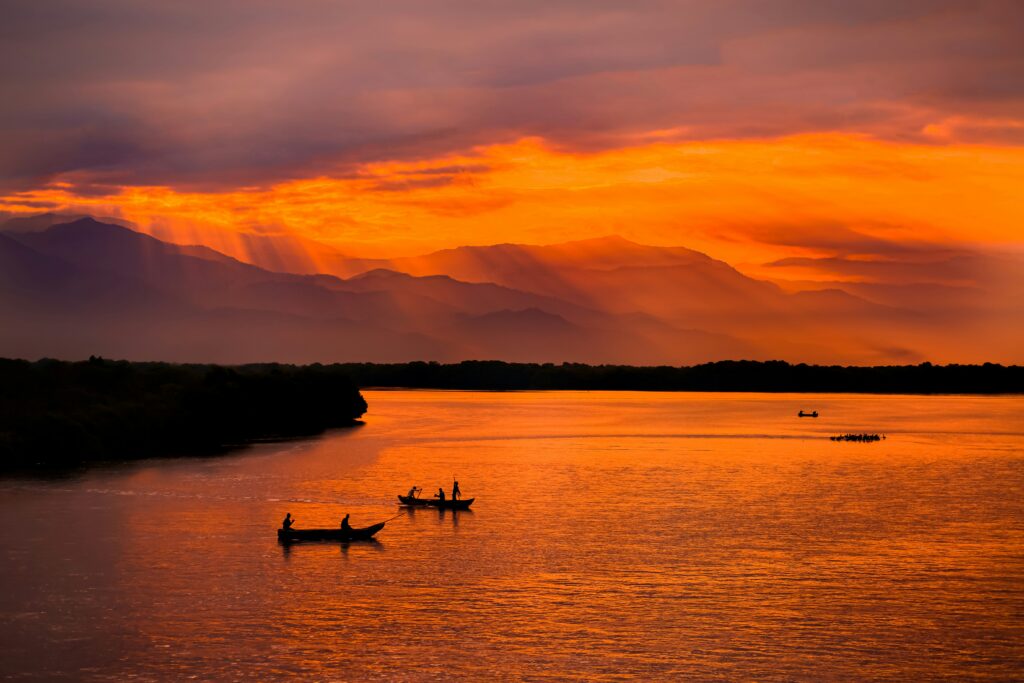
Tipping
Tipping in Colombia is fairly common and is often expected in the tourism industry. Here’s a guide to help you know what’s fair and appropriate:
Guides: For a half-day excursion, a tip of around COP 30,000 (about 7 USD) per couple is appreciated. For a full-day trip, around COP 80,000 (about 20 USD) is the norm. If you have the same guide for the entire trip, it’s common to tip them at the end rather than daily.
Drivers: For drivers who handle transfers or sightseeing, COP 10,000 (around 2.5 USD) per couple is good for a half-day, and COP 40,000 (around 10 USD) for a full-day. Again, if you’re with the same driver throughout your journey, feel free to give one tip at the end.
Restaurants: Most restaurant bills automatically include a voluntary service charge of around 10%.
Hotel staff: Porters and housekeeping staff often receive around 2–3 USD per day. You can give this directly to them in cash or leave it with reception to be shared amongst the team at the end of your stay.
We recommend tipping in Colombian pesos for ease, though small-denomination US dollars are also widely accepted. In remote areas, it’s especially handy to have cash ready in smaller notes or coins.
Money matters
The local currency is the Colombian Peso (COP). You’ll often see it written as $, COP or COL$. A quick note: in Colombia, full stops are used instead of commas in prices (for example 5.000 COP instead of 5,000 COP).
Credit cards are widely accepted in cities and tourist hubs, but carry cash for markets, tips and rural areas. ATMs are available in major towns, but not always in smaller villages or nature reserves.
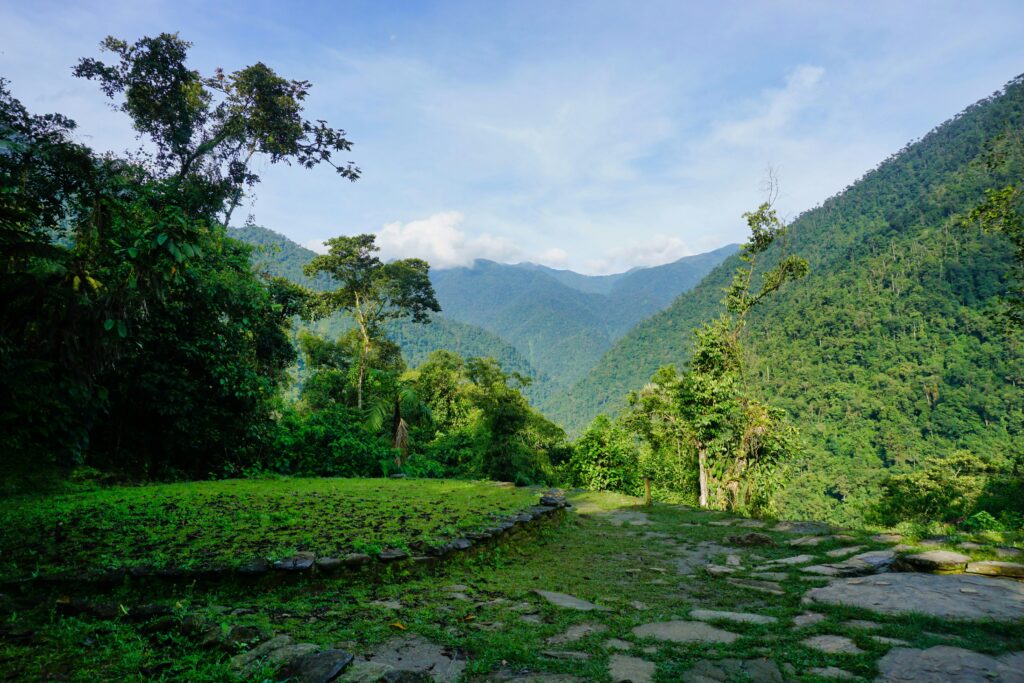
Climate and packing
Colombia’s climate varies more by altitude than by season. Rainfall is heavier in April–May and October–November, but the country’s weather is pretty good all year round.
We always recommend packing overnight essentials and medication in your hand luggage, just in case of delays or lost luggage.
Bogotá, Medellín and Coffee Zone
Climate: Spring-like during the day, cooler in the evenings.
Pack: Light layers, a warm jacket, raincoat or umbrella, comfortable walking shoes, waterproof footwear for coffee region trails.
Cartagena and the Caribbean Coast
Climate: Hot and humid year-round with occasional tropical downpours.
Pack: Breathable clothing, sandals, sunhat, high-factor sunscreen, sunglasses, a light rain jacket for showers.
Colombian Amazon
Climate: Rainy December–June (great for kayaking flooded forests), drier July–December (better for hiking).
Pack: Lightweight long-sleeved tops and trousers, sturdy waterproof shoes, poncho or rain jacket, insect repellent (we’ll provide Nopikex spray and soap on arrival – developed by the Colombian Army and highly effective).
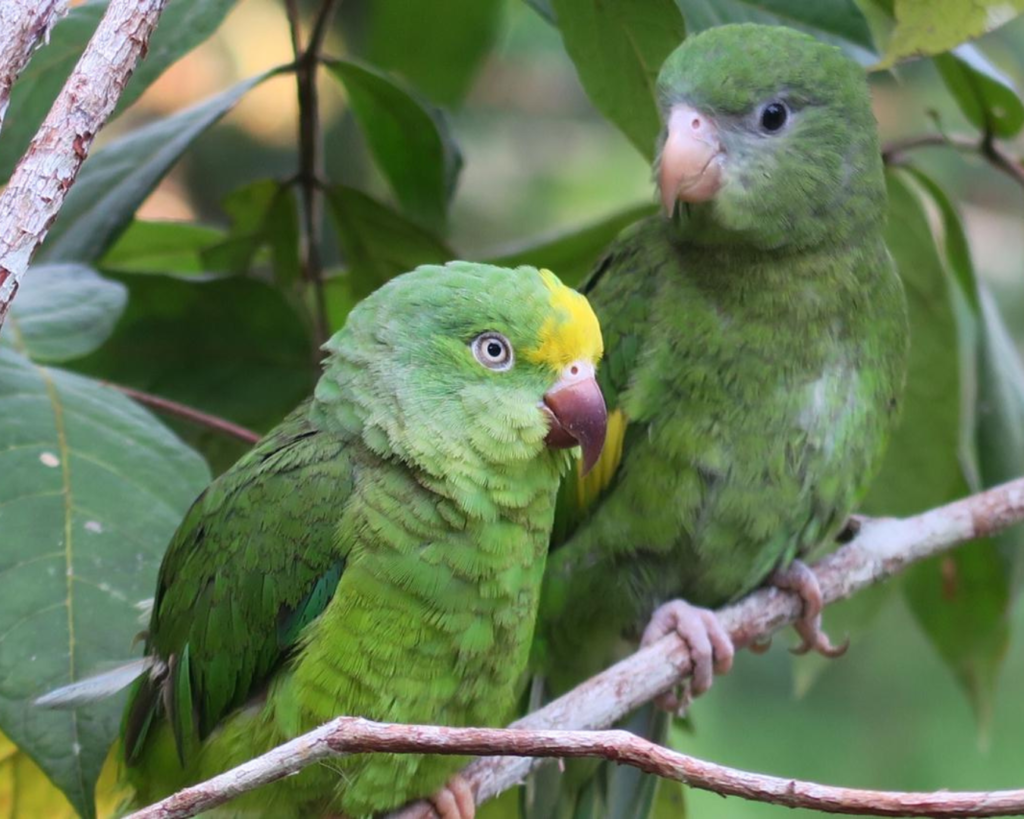
Practicalities
Plug type: Colombia uses Types A and B (two flat pins, sometimes with a third grounding pin) so don’t forget an adaptor if needed.
Flights and time zone: A direct flight from London to Bogotá takes about 10 hours 50 minutes. Colombia operates on GMT -5 all year, with no daylight saving.
Language: The official language of Colombia is Spanish, and while English is often spoken in hotels, restaurants, and popular tourist spots, it’s less common among street vendors, taxi drivers, and in more rural areas.
Here are a few useful Spanish phrases to keep in your pocket:
– Hello – Hola
– Good morning – Buenos días
– Good afternoon – Buenas tardes
– Good evening – Buenas noches
– Thank you – Gracias
– Please – Por favor
– Yes / No – Sí / No
– How much is this? – ¿Cuánto cuesta?
– I need help – Necesito ayuda
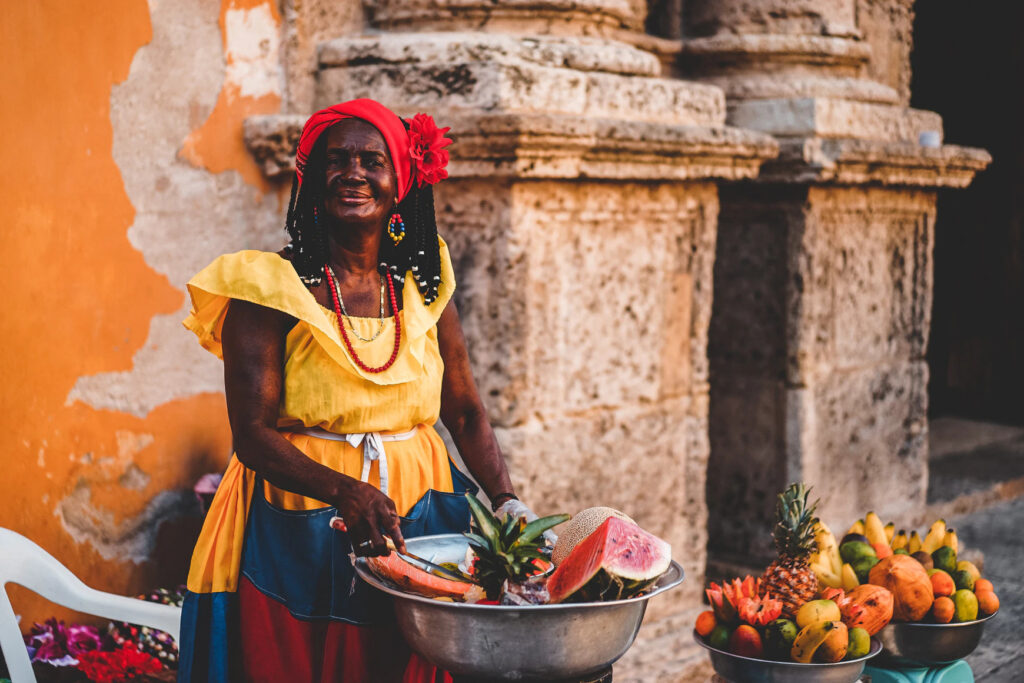
Food and drink
Expect bold flavours, colourful dishes, and some of the world’s best coffee. Colombia’s cuisine has a heavy emphasis on fresh produce, with unrivalled fruit and seafood.
Ajiaco: Bogotá’s signature chicken and potato soup, with corn and avocado on the side.
Bandeja Paisa: A generous platter of beans, rice, ground beef, chorizo, plantain, avocado, and a fried egg – a true Medellín classic.
Arepas: Grilled or fried corn cakes found everywhere, often stuffed with cheese or butter.
Empanadas: Crisp golden pastries stuffed with meat, potatoes, or cheese – a popular street snack.
Buñuelos & Obleas: Sweet snacks – cheesy fried dough balls and thin wafers layered with caramel-like arequipe.
Aguardiente & Limonada de Coco: Try the local anise-flavoured spirit or a refreshing coconut lemonade.
Tap water is safe to drink in Bogotá and Medellín but stick to bottled water in rural areas and on the coast.
Keep Connected
Most travellers use a Colombian SIM or e-SIM during their trip. SIM cards are easy to find at major airports like Bogotá’s El Dorado, as well as in convenience stores and mobile shops across cities. The most reliable local providers are Claro, Movistar, and Tigo. If you prefer to set things up before you fly, we recommend purchasing an Airalo e-SIM in advance.
